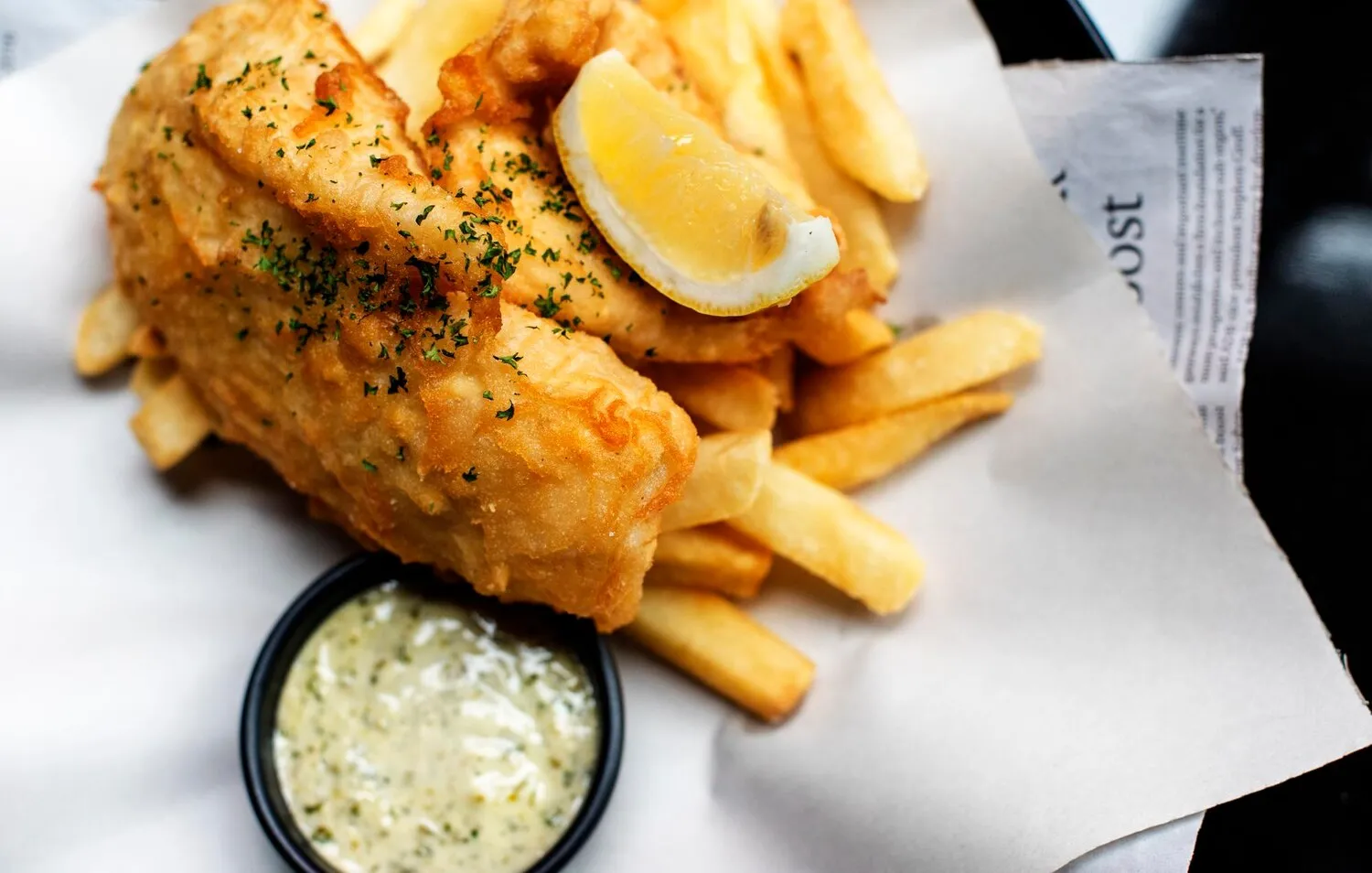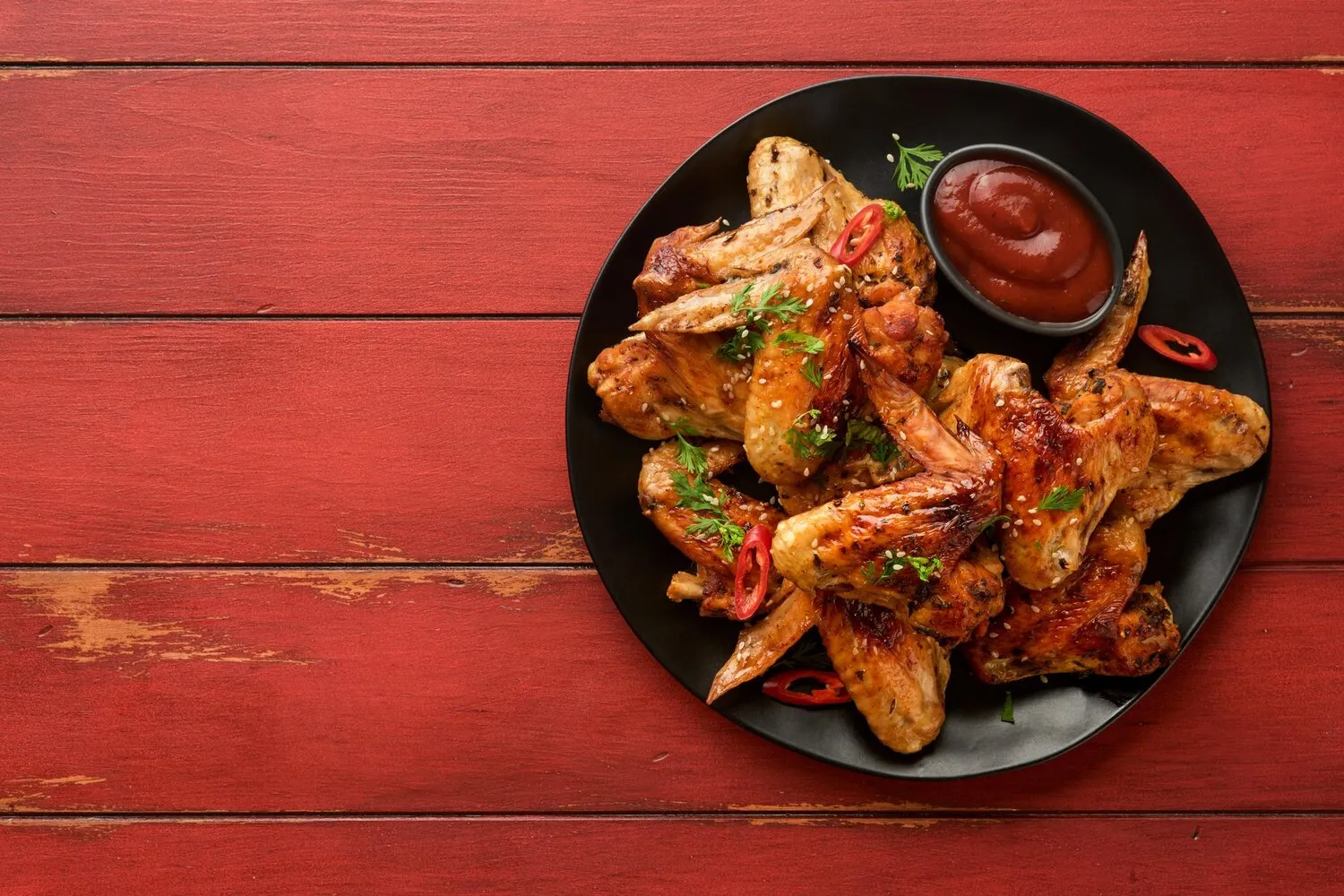
Corned Beef and Cabbage
Traditional Irish-American dish featuring corned beef and cabbage.
Nutrition Facts
* The % Daily Value (DV) tells you how much a nutrient in a serving of food contributes to a daily diet. 2,000 calories a day is used for general nutrition advice.
Corned beef and cabbage, while strongly associated with St. Patrick's Day celebrations, is more of an Irish-American than a traditional Irish dish. In Ireland, bacon and cabbage were the more common fare, as corned beef was expensive. Irish immigrants in the United States found corned beef to be a cheaper alternative, often purchased from Jewish butchers, and it became a staple for St. Patrick's Day meals.
Corned beef and cabbage is a central dish in celebrating St. Patrick's Day in the United States. It represents a fusion of Irish immigrant adaptation and American culinary practices.
St. Patrick's Day Staple
The dish is heavily associated with St. Patrick's Day celebrations in the United States, becoming a traditional meal for many families regardless of their Irish heritage.
Immigrant Adaptation
Corned beef and cabbage exemplifies how immigrant communities adapt their culinary traditions to available ingredients and economic realities in their new home.
American Jewish Influence
Historically, Irish immigrants often purchased corned beef from Jewish butchers in America, solidifying corned beef's place in their St. Patrick's Day celebrations.
The dish features a savory and slightly salty profile, balanced by the sweetness of cabbage and other root vegetables. The pickling spices used in the corning process infuse the beef with a distinctive flavor.
Corned beef, typically brisket, is salt-cured and flavored with spices like peppercorns, mustard seeds, coriander, bay leaves, and cloves. The long cooking process tenderizes the beef and allows the spices to permeate throughout. Cabbage, usually a green variety, is added towards the end of cooking, absorbing the flavors of the beef and its broth. Carrots and potatoes, often included, add sweetness and heartiness to the dish.
Choosing the Right Cut
Brisket is the most common cut, with point cut being fattier and more flavorful, while flat cut is leaner and easier to slice.
Cooking Low and Slow
Slow cooking the corned beef at a low temperature is crucial for tenderizing the meat and allowing the flavors to meld.
Timing the Vegetables
Add the vegetables (carrots and potatoes) with enough time to cook through, but add the cabbage later to prevent it from becoming overly soft and mushy. Cabbage should be slightly firm.
Resting the Meat
Let the corned beef rest for at least 15-20 minutes after cooking before slicing against the grain. This allows the juices to redistribute, resulting in a more tender and flavorful outcome.
Explore additional Pub Fare dishes and restaurants
Explore Pub FareDiscover top dining spots and culinary experiences in Jackson.
Explore JacksonLearn more about the food culture, restaurant scene, and culinary heritage of United States.
Explore United States
